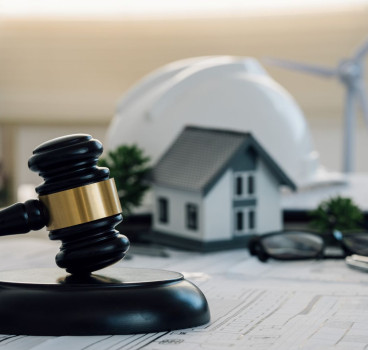Overcome automation obstacle with e-invoicing solution
With more and more businesses having taken the first key step towards automation (application generated PDF documents), it's time to discuss the next time-consuming, labour-intensive and error-prone element to overcome', writes Matthew Jones at Open ECX.
The easiest and most efficient way to send documents such as invoices and orders is via email as a PDF document. Billing systems create the PDF documents and email them directly to the recipient.
This process is now fairly commonplace but marks a major shift in approach from the old, manual processing to the new; automation. The next stumbling block standing between a business and fully-automated, e-invoicing is how to extract and integrate the data into their finance system.
Those businesses that carry out this task via Optical Character Recognition (OCR) may think that the technology is saving them time and increasing efficiencies, but in truth OCR can be just as labour intensive as manual processing. That's because OCR engines convert the ‘photograph' – which sometimes has to be printed and scanned first – into data and a human check is required to rectify any mistakes made.
The mistakes are fairly easy to spot, with the example in the photo above showing how the OCR misread “26.19” as “2b.iy”. However, correcting each and every one of these mistakes uses valuable resources and interrupts the automation process, thereby completely removing all the benefits.
The good news is this problem can be avoided through our unique PDF to e-Invoicing solution. Data can be taken straight from the PDF and automatically – with 100 per cent accuracy – mapped to an e-document structure, matched and validated against organisational documents of your choice, and delivered direct to your back-office systems (shown below) with minimal to no human intervention required; automation achieved.
As this approach is so simple and non-disruptive to any supply chain, supplier adoption rates are extremely high. In fact, 94% of your suppliers when asked will be able to send a machine generated PDF.
And this means benefits to businesses, including reduced costs, increased visibility, transparency and control and increased ability to pay on time.
Additional Blogs

How construction can cut Its carbon footprint by caring for soil
Soil is often dismissed as mere dirt, but it is one of the planet’s most powerful carbon stores, holding more than all of the world’s forests combined. Yet in our rush to build, pave and develop, we...
Read moreWhat is bridging damp? How it happens and how to fix it
Bridging damp happens when moisture finds a path around the building’s damp-proof course (DPC) so it reaches your internal walls and skirting. If you see damp patches rising above the skirting or...
Read more

The silent death of the fixed-price contract
For decades, the fixed-price contract has been the backbone of construction procurement. It promised certainty with a defined scope, an agreed sum and a clear transfer of risk from client to...
Read more